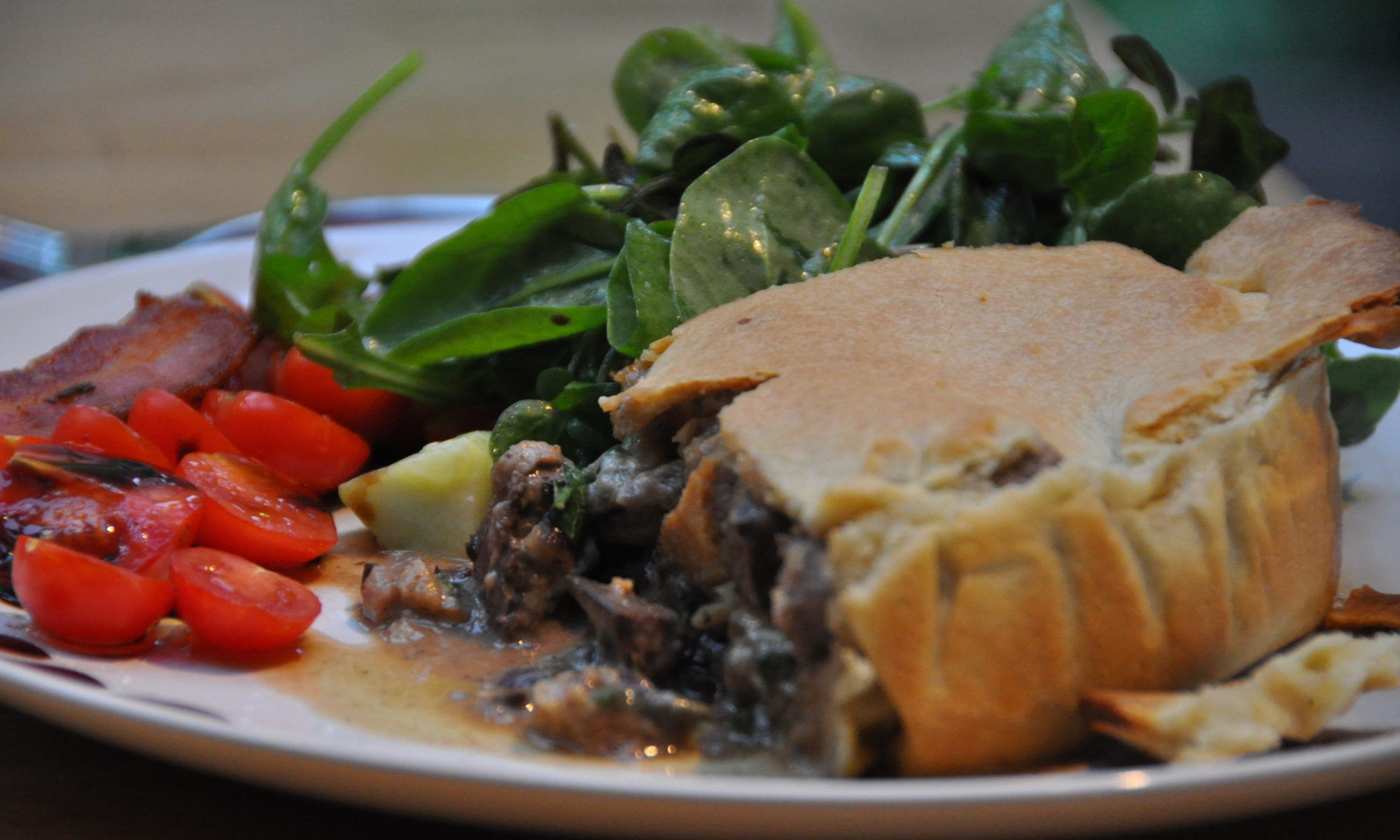 These are the real Bretzeln, not the crisp, bone-dry Pretzels you are given on an aeroplane.
These are the real Bretzeln, not the crisp, bone-dry Pretzels you are given on an aeroplane.
You need pure caustic soda for this. You can buy crystals of pure sodium hydroxide and make your own lye. Pure chemicals fit for use in food can be bought under the name Bretzellauge from a number of German online suppliers.
Don’t mess about with substitutes, such as dissolved bicarbonate of soda. It’s a very, very poor substitute.
Make a 4% lye from 40 g pure sodium hydroxide crystals on one litre of water, following procedures and safety advise on the packaging. You can store this in a glass bottle, as it can be reused many times. The lye shouldn’t be in contact with textiles, your eyes or any mucous membrane, but it is not very aggressive. A cheap pair of plastic gloves protect your hands, your reading glasses take care of your eyes. My worktop and my silicone baking sheets tolerate this lye with ease.
For one full-sized baking tray (6 to 8 Bretzeln):
300 g white wheat flour, 5 g salt, 1 nob of soft butter (about the size of a walnut), 20 g fresh yeast (or dry yeast if you must), 90 ml lukewarm water, 90 ml lukewarm milk.
Dissolve salt, butter, yeast in the milky water, then add the resulting liquor to the flour.
Knead thoroughly, let rest for 20 minutes, then knead briefly once more. Divide the dough into 6 equal parts for chunkier Bretzeln, or 8 parts for smaller and thinner ones. (Make the chunkier ones first until you have got the hang of it.)
Now roll each chunk into a thin sausage, approximately as thin as my index finger or perhaps your thumb, ~ 15 mm, then swiftly shape into a Bretzel: stretch the roll into a straight line and mentally mark the point one third away from each end. Now take both ends into a smooth loop towards you, twist them around each other just once, and attach the end from the right to the point one third from the right end, the end from the left to the point one third from the left.
This is a lot harder to explain than to do, but you may need a little practise.
Line your baking tray with a silicone baking sheet (alternatively use baking parchment).
Gently pour the lye into a flat dish, such as a Pyrex baking dish. Put on the rubber gloves and dip each Bretzel into the lye. A simple in-and-out will do, the Bretzeln don’t need to rest in the lye. Take care as the lye makes them slippery and makes them fall apart.
Place the Bretzeln on the tray with a little space in between, and give them another 30 minutes to rise further. Sprinkle them lightly with coarse salt (rock salt, sea salt flakes, etc).
Return the remaining lye to the bottle, clean up, preheat the oven to 200 C (390 F).
Bake for approximately 15 minutes, place them on a cooling rack and enjoy as soon as you possibly can. They are best straight from the oven.
We like them just so, or with a little butter, or with steak tartare, or with cheese – almost anything really.
 Quick and simple, and delicious: Smoked salmon and poached egg on toast.
Quick and simple, and delicious: Smoked salmon and poached egg on toast.







 These are the real Bretzeln, not the crisp, bone-dry Pretzels you are given on an aeroplane.
These are the real Bretzeln, not the crisp, bone-dry Pretzels you are given on an aeroplane.













 Bread making is surprisingly simple and astonishingly rewarding. Have a go!
Bread making is surprisingly simple and astonishingly rewarding. Have a go!






















 A delicious juicy pork roast with sage and apples. Perfect for autumn.
A delicious juicy pork roast with sage and apples. Perfect for autumn.








 A crisp and delicious quick stir-fry from fresh artichoke hearts, packed with flavour.
A crisp and delicious quick stir-fry from fresh artichoke hearts, packed with flavour.







 First, a word for the IMP, the International Moussaka Police:
First, a word for the IMP, the International Moussaka Police:




 Pissaladiere is a thin bread or Pizza base topped with onion marmalade, olives and anchovy.
Pissaladiere is a thin bread or Pizza base topped with onion marmalade, olives and anchovy.



 Some dishes feel more French than others. Here’s a household favourite which feels particularly French, and we ate it while cycling in the Pyrenees.
Some dishes feel more French than others. Here’s a household favourite which feels particularly French, and we ate it while cycling in the Pyrenees.



 This is the perfect split between my German home cooking and my current home in England. I call it Fish and Chips, Brittany-style for the English, Sauerkraut Unn Fisch for the Germans, and Choucroute de Mer for the French-aware among us. I have heard of French people denying this meal’s authenticity, but trust me. You’ll find it in many places in Brittany. For further reference see
This is the perfect split between my German home cooking and my current home in England. I call it Fish and Chips, Brittany-style for the English, Sauerkraut Unn Fisch for the Germans, and Choucroute de Mer for the French-aware among us. I have heard of French people denying this meal’s authenticity, but trust me. You’ll find it in many places in Brittany. For further reference see 






